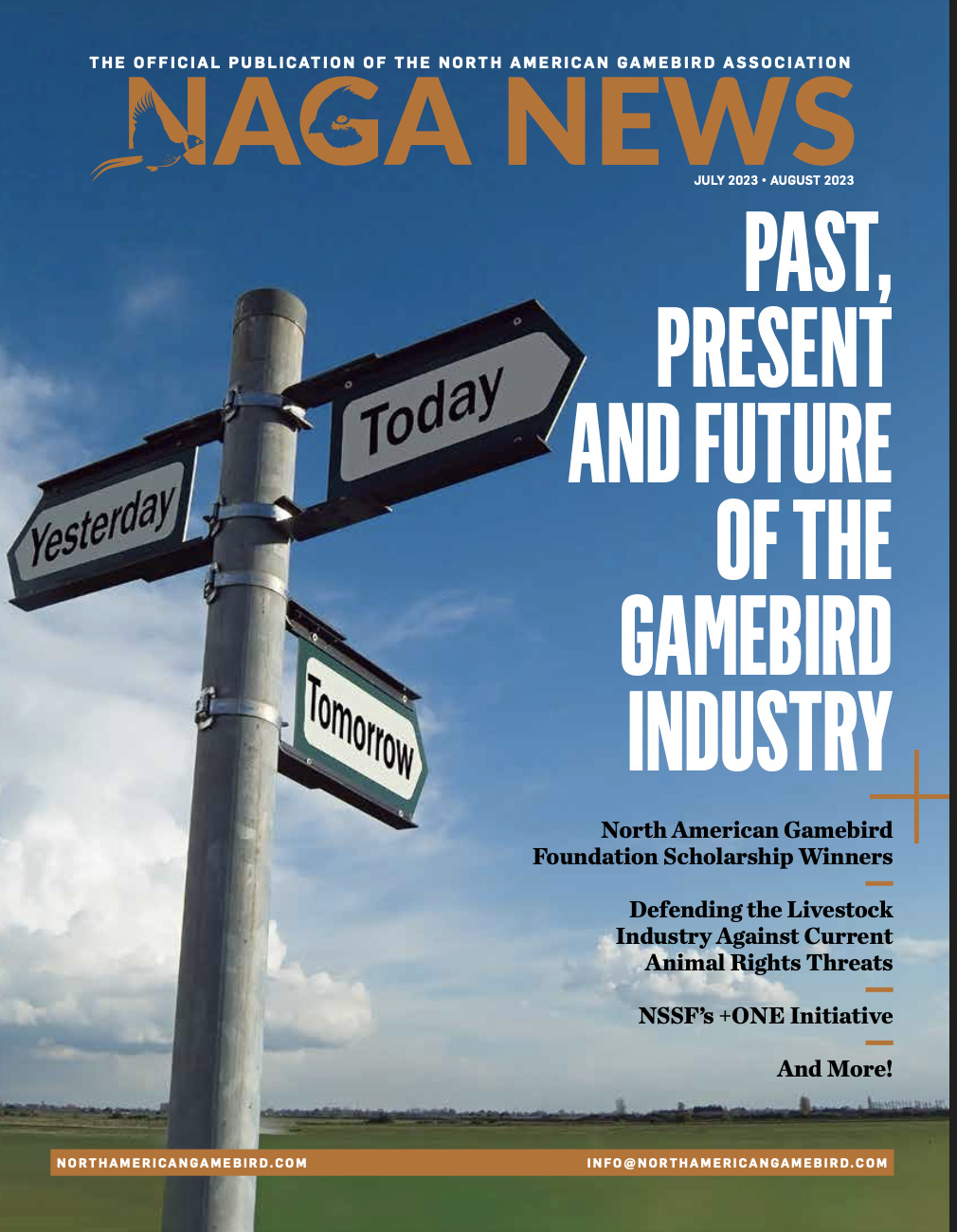
Effective February 9, 2016, a biosecurity plan must be in place to allow a farm to be indemnified for losses due to Highly Pathogenic Avian Influenza.
This is an emergency rule put in place by the USDA.
These actions are being taken in an effort to solidify policies surrounding the payment of indemnity and further strengthen biosecurity adherence at poultry operations.
In addition, APHIS is requesting comments and ideas through this rule on how the Agency should develop a stronger accountability system for monitoring industry biosecurity practices.
Public comments on the interim rule will be accepted for 60 days following publication in the Federal Registration.
For full details on the rule or to submit comments, CLICK HERE.
Below is a guideline for a biosecurity plan. These guidelines will also be presented at the NPIP meeting this summer for adoption.
Biosecurity Principles
- Biosecurity responsibility
Each production site or production system should have one designated person responsible for developing and maintaining the biosecurity program. This person could be called a Biosecurity Coordinator or some other appropriate title. The Biosecurity Coordinator should be knowledgeable in the principles of biosecurity, or should consult with a veterinarian experienced in poultry production medicine for assistance in the development of an effective program that, at a minimum, addresses the principles described below. The program should be reviewed internally at least annually and revised if needed. Production management (company, contract, and/or independent supplier) should be responsible for the implementation and execution of site- specific biosecurity protocols. - Training
The Biosecurity Coordinator works with production management (company, contract growers, and /or independent supplier) to develop biosecurity training materials that cover biosecurity principles described here, and site-specific biosecurity protocols. Production management (company, contract growers, and/or independent supplier) is responsible for training and documentation of site-specific training for all production personnel and suppliers that enter live production facilities, and/or perimeter buffer areas. Training is to be done at hire and at least once per calendar year. - Line of Separation (LOS)
For enclosed poultry an essential component for improved biosecurity is to implement a line of separation for each building. The walls of the poultry house normally form the line of separation and should separate poultry from potential disease sources. A plan must address how this line will be defined and defended for each poultry house or set of connected houses. For non-enclosed poultry operations, the LOS is recommended but not required. Further, in an emergency disease State, it is recommended to enclose all poultry and enforce a LOS. - Perimeter Buffer Area (PBA)
Biosecurity plans should incorporate the perimeter buffer area concept, which is aimed at reducing load in the outside environment. The perimeter buffer area entrance should be clearly indicated, located and marked with signage so that personnel do not leave the buffer area in the course of their daily tasks. Visitor’s access should be controlled at all times. - Personnel
At a minimum, personnel should change into designated premises clothes and footwear prior to crossing into PBA. Personnel should not come into contact with other poultry or poultry premises unless having followed company established protocols. - Wild Birds, Rodents and Insects
Poultry operations should have control measures to protect poultry from wild birds, their feces and their feathers. Rodent and insect control programs should be in place. - Equipment and Vehicles
Equipment should be effectively sanitized between uses. Sharing of equipment should be minimized. If equipment must be shared a plan for cleaning, disinfecting, and inspecting equipment between farms needs to be in place as well as a plan of how equipment and vehicles will enter the PBA/LOS. - Dead Bird Disposal
Dead birds should be disposed of in a manner that does not attract wild birds, rodents and other animals and avoids the potential for uncontrolled cross-contamination from other facilities or premises. - Manure and Litter Management
Manure and spent litter should be removed and disposed of in a manner to prevent exposure of susceptible poultry (either on or off the farm of origin) to disease agents. - Replacement Poultry
Replacement poultry should come from health monitored facilities and should be transported in vehicles cleaned, disinfected and inspected appropriately. - Water Supplies
Drinking water and water for evaporative cooling should come from sources that have been treated to eliminate any potential contamination with disease agents. If such water comes from a surface water source, experts in water treatment should be consulted on how to continuously treat the water to eliminate disease agents. If surfaces have been cleaned or flushed with surface water, subsequent disinfection should be employed to prevent disease transmission. - Feed and Replacement Litter
Feed, feed ingredients and litter should be stored and maintained in a manner that limits exposure to and contamination by wild waterfowl or other birds, insects, and/or rodents.


